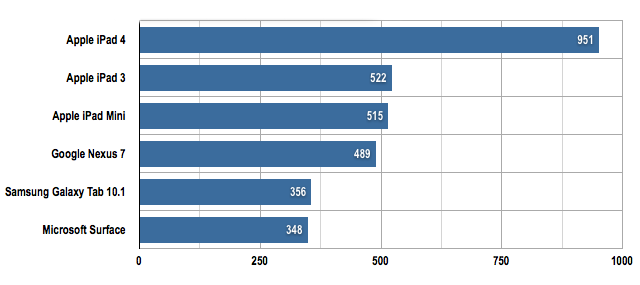 |
| Courtesy, The Register |
Apple iPad 4 Wi-Fi only tablet review
Beyond the screen, the iPad 4 delivers considerably more oomph than its predecessors. The Geekbench testing app showed that the iPad 3’s performance was much the same as the iPad 2’s, but the new model scores considerably higher: 1766 to the iPad 2’s score of 763. That’s in part because the chip is better, but also due to a 40 per cent increase in CPU clock speed.
Despite that, there’s no degradation in battery life - up to ten hours, says Apple, and I concur. If that’s due to a bigger power cell inside
 |
| Courtesy, International Business Times |
Apple Rumored to Abandon Intel for Its Own Chip
Intel has not been able to ignore rumors that Apple is considering switching some of its Mac's Intel processors to its own A-series of mobile chips, saying it would be a remiss to be dismissive of the rumors.
According to Apple Insider, the claims came on Friday from the Japanese site Macotakara, who successfully predicted the release of the iPad 2 in March, saying that new thunderbolt-equipped MacBook Airs powered by an A5 processor were being tested.
iPhone maker Foxconn hatching US factory expansion plan?
Foxconn, the... manufacturer of kit for Apple, Amazon, Sony, Nintendo, and others, is exploring the possibility of building plants in the US – Detroit and Los Angeles, to be specific.
Those aforementioned market watchers, however, say not to expect your next iPhone or iPad to be made in America – Apple products are too complex to be built by mere 'Mercans.
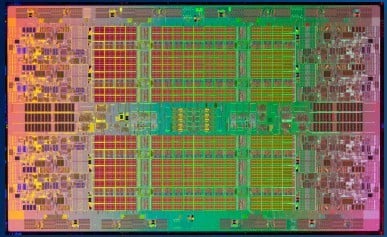 |
| Intel Itanium 9500 die image, courtesy The Register |
Intel to slip future Xeon E7s, Itaniums into common socket
The installed bases of HP-UX, NonStop, and OpenVMS users can breathe a sigh of relief if they were hitting a performance ceiling, and so can other server makers such as Bull, NEC, and Fujitsu that have proprietary operating systems that also run on Itanium iron.
The bigger sigh of relief is that Intel is converging the Xeon and Itanium processor and system designs such that future Xeon E7 chips and "Kittson" Itanium processors will share common elements – and, more importantly, share common sockets.
This is something that Intel has been promising for years, and something that HP – the dominant seller of Itanium-based systems – has been craving, as evidenced by its Project Kinetic. Convergence was the plan of record for HP in June 2010 – nine months ahead of the Oracle claim that Itanium was going the way of all flesh – and HP wanted to converge its ProLiant and Integrity server platforms, which used x86 and Itanium processors, respectively. A common socket helps that effort in a big way
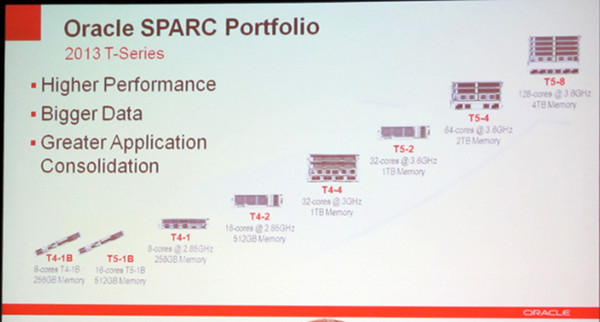 |
| Courtesy: HWSW |
Oracle: two new SPARC chips next year, and three more under construction
In the first half of 2013, the SPARC T5. Heydar performance during the first SPARC-based systems affected T5 chip - the processor itself to Oracle in August Hot Chips conference, explained in further detail when I got to know of it is based on the company's servers are under testing labs. The insert describing the HWSW you guessed, the T4-based machines favorable market acceptance due to either the end of 2013 can expect the T5 launch of Oracle, Heydar, however, clearly stated: the T5-based machines in 2013 in the first half appear commercially.
S3 is a statement of up to 8 processor cores capable of running parallel threads, manufacturing technology development, however, due to the T5-8 instead of 16 cores is the L3 cache size is doubled to 8 megabytes increased. The memory controller also doubled the number of Oracle, we have four instead of two found in the T5, which are standard DDR3-1066 memory modules continue to be handled. Even the T4 was part of two on-board PCI Express x8 controller from its predecessor, however, was supported only in version 2.0, but the new processor PCI Express Gen3 standard used by Oracle, which is twice the bandwidth, in addition to both separate data management unit was.
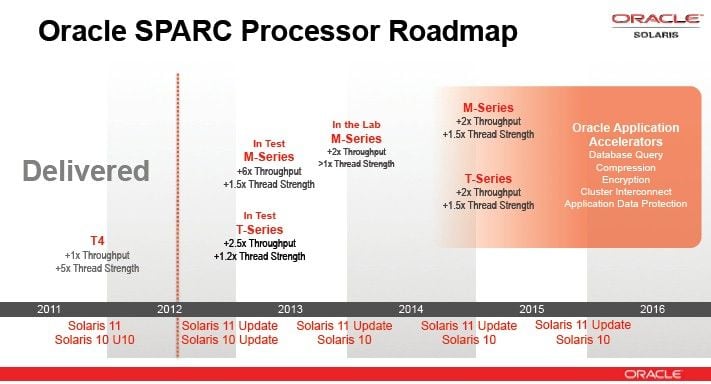 |
| Oracle SPARC Roadmap October 2012, courtesy The Register |
Oracle's mighty SPARC plug fries Fujitsu, bigs up new SPARC M4 processor
Oracle, to its credit, has been perfectly blunt about its long-term Sparc server roadmap: it very clearly outlined its goals with rough timelines. That is more than rivals IBM, Intel and Hewlett-Packard do with their high-end system roadmaps, which can be found if you mooch around the internet long enough for someone to accidentally posts something interesting.
And in the M4 presentation, which Oracle refused to share even though it knew the data was out there, we see that the new chip is a beefy version of a Sparc T series chip: it sports six S3 cores that debuted with the eight-core Sparc T4 processors and are used, in a modified form, in the forthcoming Sparc T5 chips. Those cores will share a 48MB L3 cache, a lot more than the 8MB of shared L3 cache used in the 16-core Sparc T5 processors. Presumably the S3 cores used in the M4 have the same 16KB L1 instruction and 16KB L1 data caches, and 128KB of L2 cache, that each S3 core has on the Sparc T4 and T5 processors.
Fujitsu to embiggen iron bigtime with Sparc64-X
with the Sparc64-X processors, which will converge the vanilla and fx versions of the Sparc64 chips into a single products, explained Takumi Maruyama, who is in charge of processor development within Fujitsu's Enterprise Server business unit.
The core has been modified to support the HPC-ACE instructions that accelerated parallel processing and also now includes special accelerators for encryption and other functions – a feature that Fujitsu calls "software on a chip" and akin to the accelerators that Intel, IBM, and Oracle have put into their high-end processors to boost encryption, hashing, and other algorithms.
The Sparc64-X also, thankfully, supports hardware-assisted virtualization, something that has been sorely missing from the Sparc64 series... The chip supports the Sparc V9 instruction set and the extensions to it that Fujitsu has created...
The Sparc64-X core has a deeper pipeline, which enables a higher clock frequency on the processor compared to the Sparc64-VII+, a better branch prediction scheme, bigger queues and floating point registers, more aggressive out-of-order execution, a two-port, multi-banked L1 cache (with twice the bus size and more L1 cache throughput), and a richer set of execution units.
There are two integer execution units, another two virtual address adders that can do double duty as execution units, and four floating point units that can do math and graphics functions. This is twice the number of the integer and floating point units that the Sparc64-VII+ chip had.
Network Management Implications:
Oracle seemed to be correct about Itanium proverbially "going the way of the dinosaur." The common socket seems to be the next move in migration from Intel 64 bit Itanium to the AMD created and Intel copied x64 architecture.
The expression from some analysts that SPARC's life expectancy was limited was certainly pre-mature, appearing to be set to out-live Intel Itanium, and forcing Intel to keep it's x86 line alive much longer than they ever intended. The move by AMD to move the Intel x86 architecture to 64 bits, with the successful seamless migration of SPARC from 32 bit to 64 bit processing were key drivers in forcing Intel to rethink the sunset of x86.
With Apple releasing ARM tablets, fully two to three times faster than competing tablets, one might wonder how long it will be until Apple starts releasing laptops, desksides, desktops, and servers based upon it's own ARM engineering and discard Intel x64? With rumors of MacBook Air's based upon Apple's ARM chipset, this could be a very interesting question. More software seems to be appearing under MacOSX ARM based iOS deviation, rather Intel based MacOSX .
SPARC seems to be proverbially "on the march" with 2 original SPARC vendors (Sun, now owned by Oracle, and Fujitsu) continuing to develop SPARC processors into the distant future, each showing innovation as well as "keeping up with the times" with virtualization.
For businesses continuing to look for a stable environment to build platforms which scale, for long-term network management investments, SPARC continues to be a reasonable investment for long term deployments. Multi-platform and multi-vendor network management seems to be "in the cards" for a long time, if people decide to build to standards, and if vendors decide it is in their best interest to support standards.

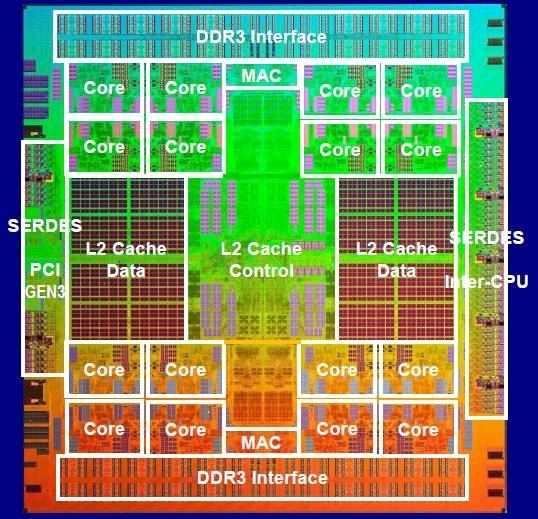

No comments:
Post a Comment